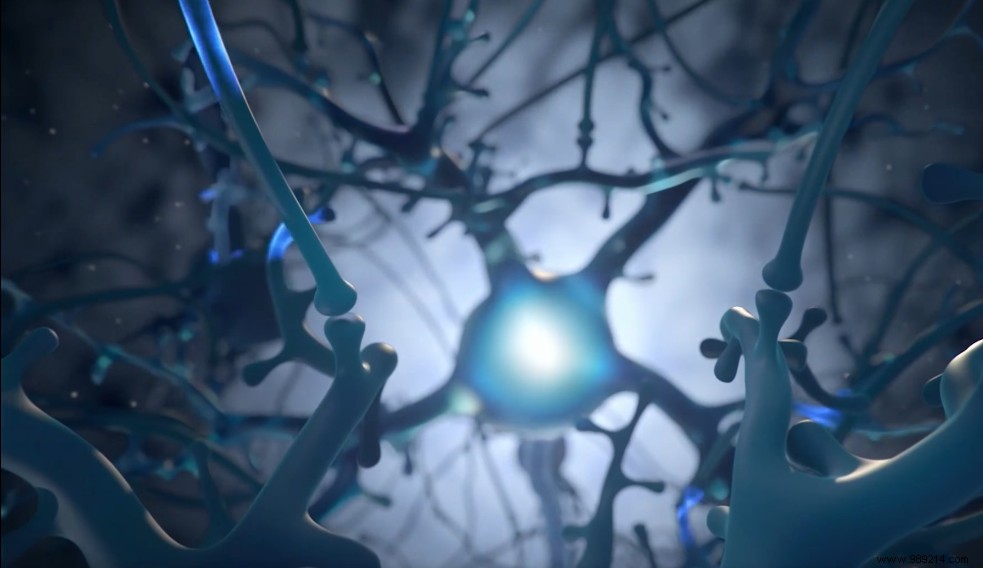Elon Musk, co-founder of Neuralink, recently said the company could implant its first computer chips in human patients as early as next year. The first affected will be patients with spinal cord injuries.
Past research has shown how brain-machine interfaces can be used to control drones and other prosthetics by recording and relaying the user's brain activity that signals their intentions. On the other hand, this work required that these brain implants be attached to computer systems to provide the necessary bandwidth for the signals to be transmitted. Founded four years ago, the Neuralink company aims to develop the same thing, but in a wireless version.
To do this, researchers rely on a chip. This works by implanting electrodes in the area of the brain that controls voluntary movement which then connect to a larger network. This network will then be able to process, stimulate or transmit neural signals to devices allowing the user to control them without traditional touch inputs.
Note that this is not an "ordinary" bullet. According to Neuralink, these electrodes (flexible polymer "threads" four to six micrometers thick, ten times thinner than a human hair) are indeed so thin that human hands cannot manipulate them . The company is therefore developing a system of robots capable of placing them in the brain precisely where they need to be.
Initially, these implants will aim to allow paralyzed people to control a computer by the brain. The system could also be used to treat brain disorders such as Alzheimer's disease or Parkinson's disease. In the longer term, we could also imagine humans with enhanced cognitive abilities.

A few months ago, two of these electrode arrays were implanted in the motor cortex of a macaque to record its neural activity while it played the game Pong . Since then, other tests have succeeded one another and we could soon move on to the next stage.
According to Elon Musk, co-founder of Neuralink, the company would like to implant its first chips in human patients as early as 2022 , starting with patients with spinal cord injury. These people who have no control over their limbs will then be able to connect to various digital devices allowing them to communicate with friends or browse the web directly with brainwaves, among other examples.
For now, however, Neuralink is awaiting approval from the Food and Drug Administration (FDA), the US Food and Drug Administration.